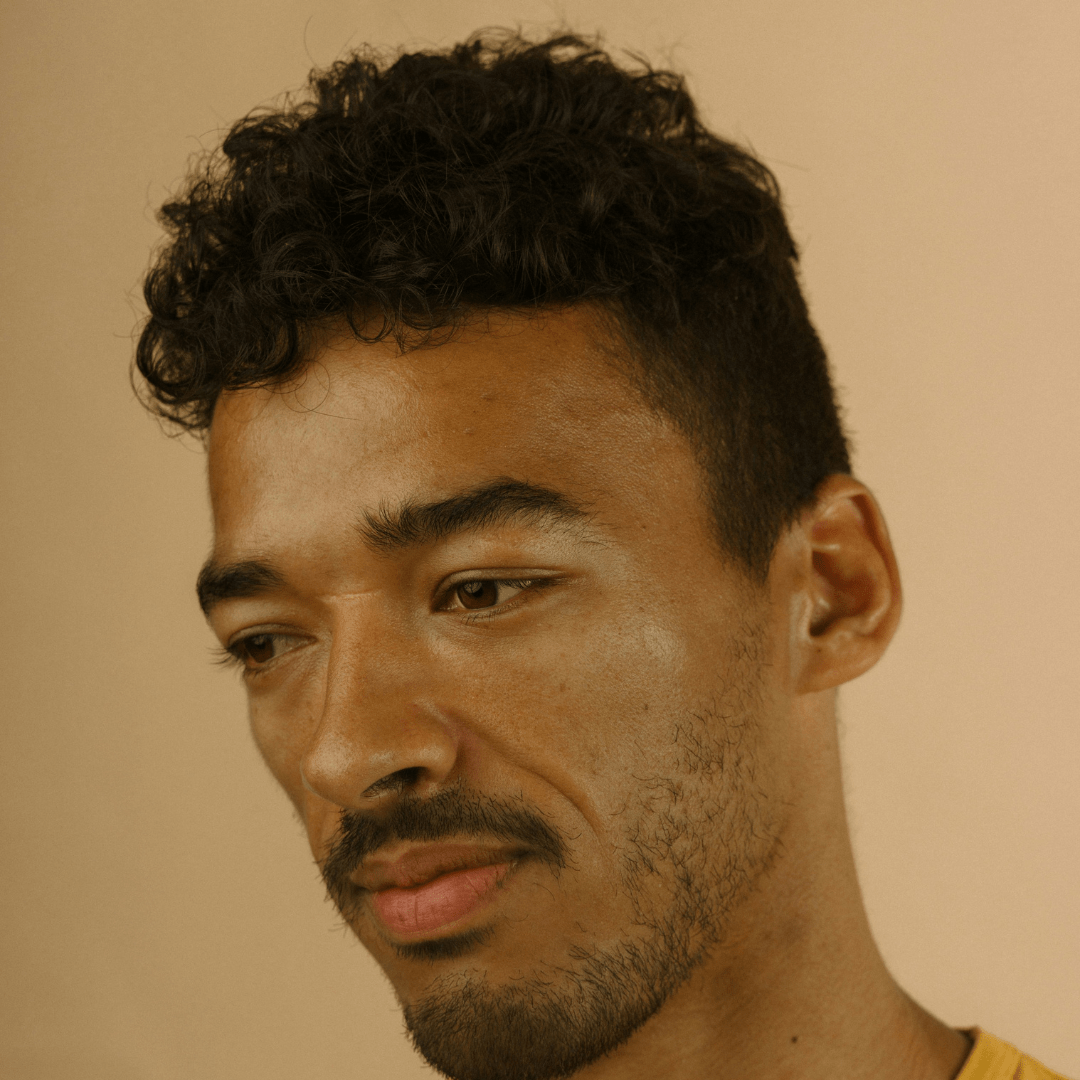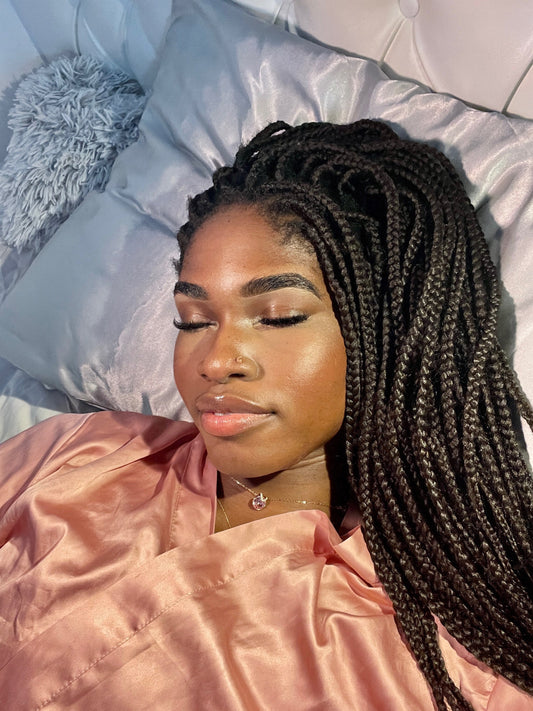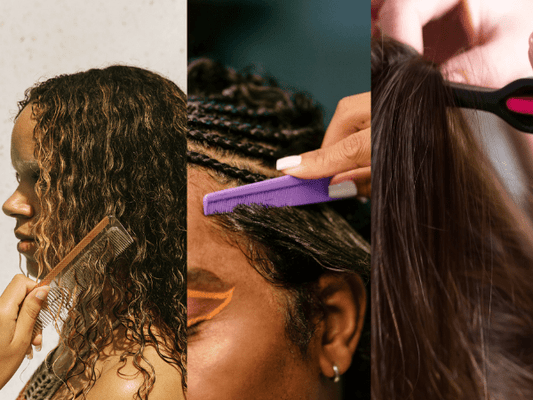The Role of Protein and Moisture in Curly Hair
Protein is the building block of hair, providing the structure and strength it needs to withstand daily handling and styling. It repairs damage, reinforces the hair’s natural fiber, and protects against further breakage. However, too much protein can make hair stiff and brittle, leading to breakage.
Moisture, on the other hand, is what keeps hair soft, elastic, and manageable. It prevents dryness, reduces frizz, and maintains the natural curl pattern. Yet, an excess of moisture without enough protein can lead to overly soft, limp hair that lacks definition.
Signs of Imbalance
Protein Overload manifests as stiff, straw-like hair that snaps easily. Curls may lose their elasticity, becoming hard and difficult to style.
Moisture Overload results in overly soft, mushy hair that lacks structure. Curls may appear limp and fail to hold their shape, and the hair may become more prone to tangling and breakage due to weakened bonds.
Assessing Your Hair’s Needs
The first step in balancing protein and moisture is understanding your hair’s current state:
- Perform a Stretch Test: Gently stretch a wet strand of hair. If it snaps immediately, your hair likely needs more moisture. If it stretches significantly before breaking, it’s a sign you need more protein.
- Observe Your Curls: Take note of how your curls behave after washing and styling. Limp, lifeless curls may indicate moisture overload, while stiff, dry curls suggest a need for more hydration.
Creating a Balanced Hair Care Routine
A balanced hair care routine for curly hair should address both protein and moisture needs, adjusting as those needs change.
Moisturizing Strategies
- Hydrating Shampoos and Conditioners: Choose products formulated for curly hair that contain hydrating ingredients like glycerin, aloe vera, and botanical oils.
- Regular Deep Conditioning: Incorporate deep conditioning treatments into your routine at least once a week to replenish moisture levels.
- Leave-In Conditioners: Apply a leave-in conditioner to damp hair to lock in moisture and protect against environmental stressors.
Protein Treatments
- Light Protein Treatments: Start with light, regular protein treatments, such as those containing silk or wheat proteins, to gradually strengthen hair without causing stiffness.
- Intensive Protein Treatments: For hair that has significant damage, an intensive protein treatment may be necessary. These should be used sparingly, no more than once a month, to prevent protein overload.
- Balancing Products: Look for products that offer a balance of protein and moisture, ideal for regular maintenance of curly hair’s health.
Adjusting Your Routine
The needs of curly hair can change with the seasons, after chemical treatments, or even with changes in your health or diet. Regularly assess your hair’s condition and be prepared to adjust your routine:
- After Chemical Treatments: Increase protein treatments to repair damage but follow up with deep conditioning to restore moisture.
- In Dry Climates: Focus on moisture retention with heavier creams and oils, reducing the frequency of protein treatments.
- When Experiencing Limp Curls: Cut back on moisturizing products and incorporate more protein to restore structure and strength.
Additional Tips for Perfect Curls
- Low Heat Styling: Minimize the use of heat styling tools. When necessary, use a heat protectant spray to shield hair from damage.
- Gentle Detangling: Use a wide-tooth comb or your fingers to detangle gently, reducing breakage and preserving curl pattern.
- Night Protection: Sleep on a silk or satin pillowcase, or wrap your hair in a silk scarf to reduce friction and moisture loss overnight.
Conclusion
Balancing protein and moisture in curly hair is essential for achieving and maintaining healthy, perfect curls. By understanding your hair’s needs, adjusting your care routine accordingly, and being mindful of the signs of imbalance, you can ensure your curls remain vibrant, elastic, and beautifully defined. Remember, the journey to perfect curls is ongoing and requires patience, experimentation, and a commitment to listening to your hair. With the right approach, you can unlock the full potential of your curls, showcasing their natural beauty and strength.











